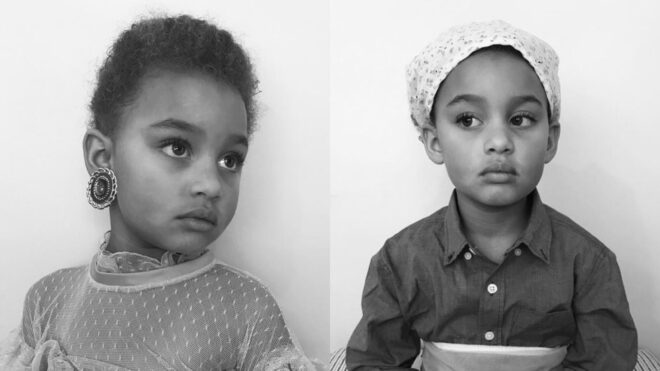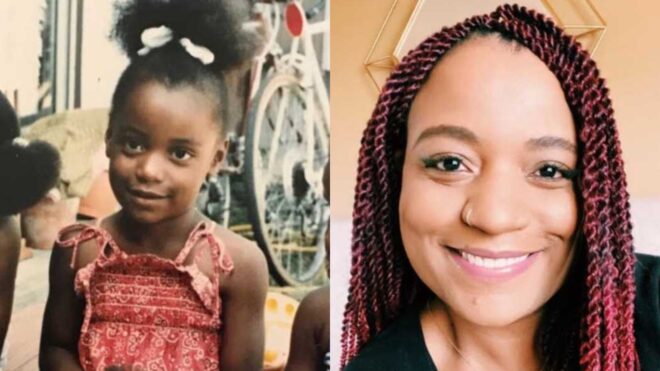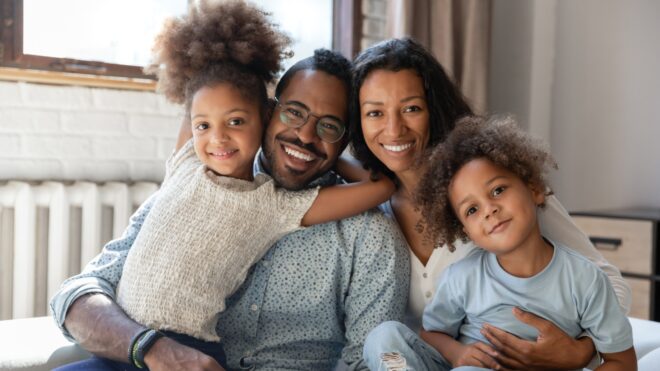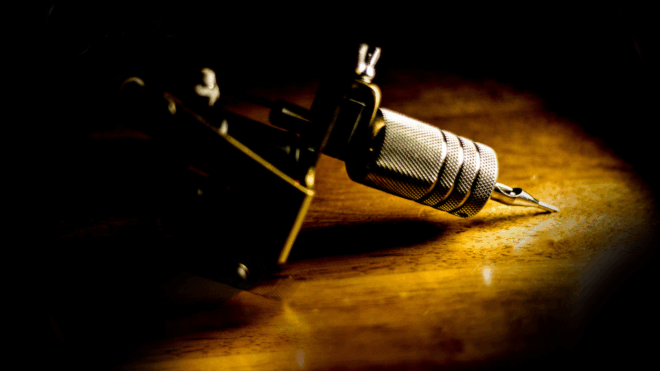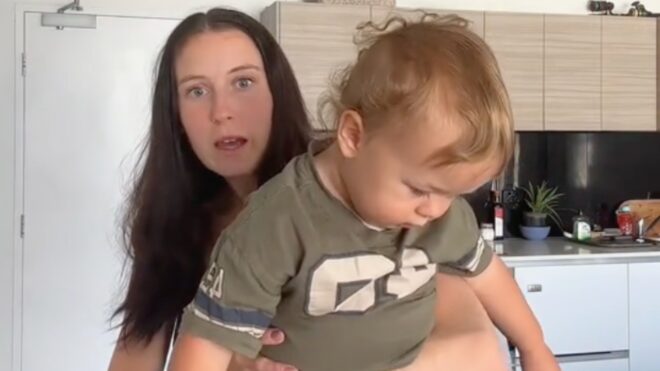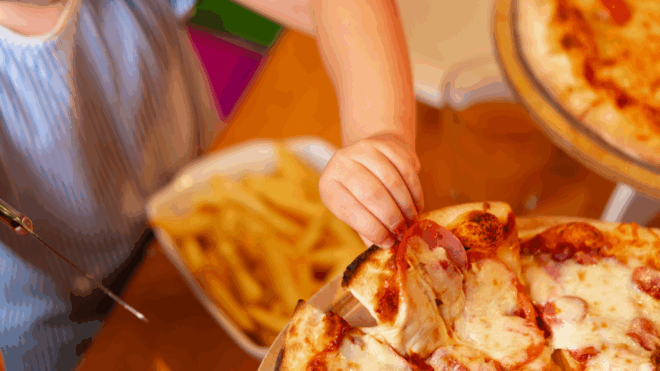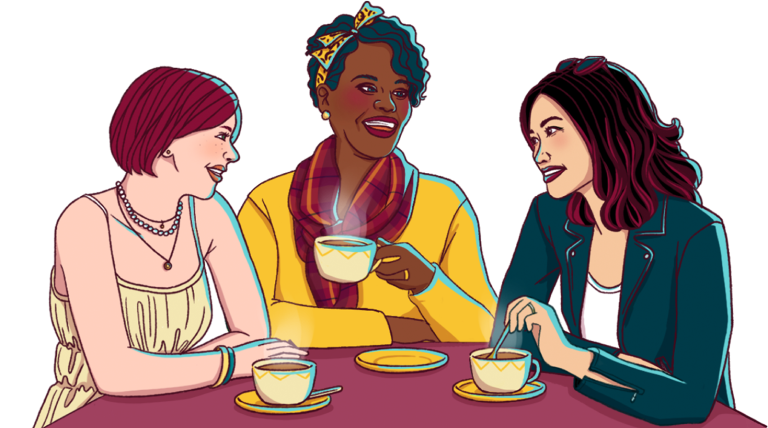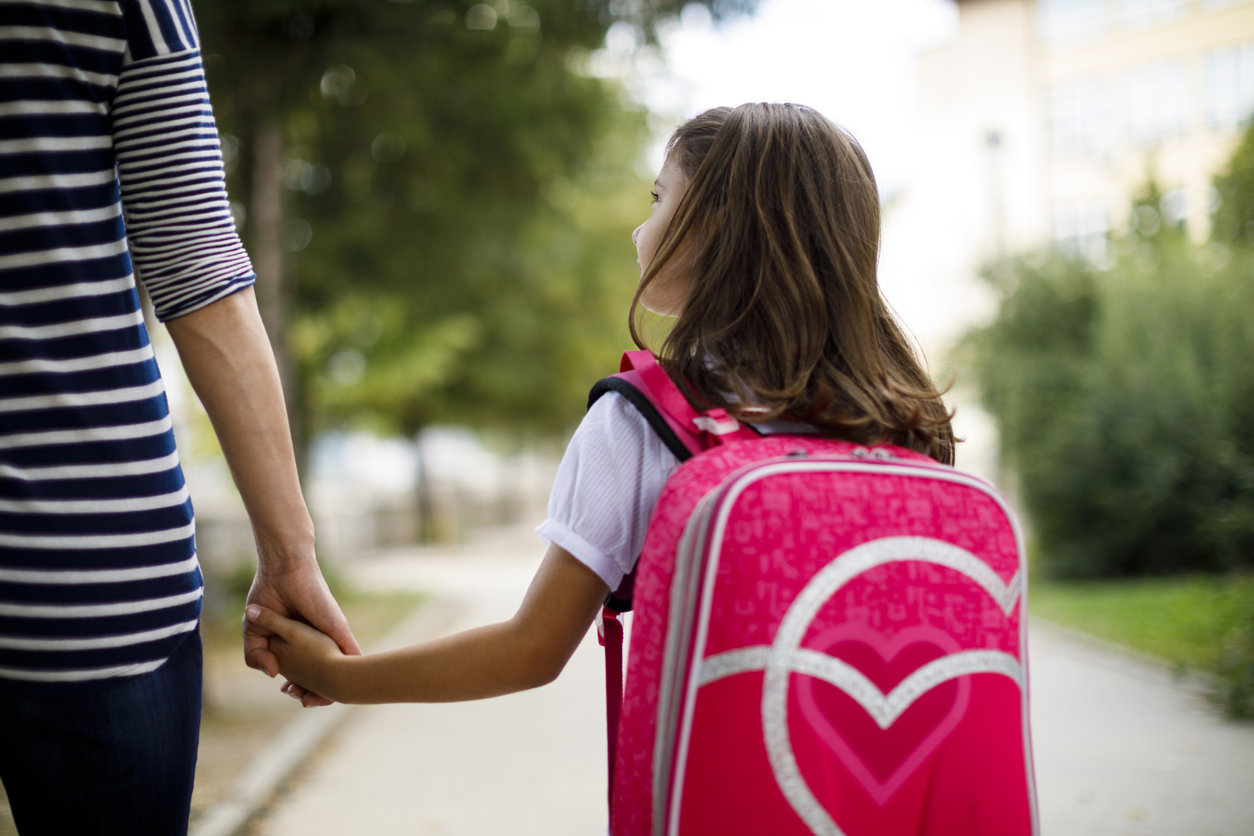
Since the death of George Floyd, an unarmed black man who a white police officer knelt on for 8 minutes and 46 seconds on camera, this country has been forced to face the systemic racism that has plagued its citizens of color for years. Protests have popped up around the country and folks are speaking out more than ever, mothers included. More people are buying more from black-owned businesses, engaging in conversations, and wanting to educate their kids. Many don't know where to start.
We've rounded up some resources that could help parents and educators teach children, from babies all the way to teens, about race and racism. Black children can benefit from some of the resources, but these are geared toward non-black children and families who want to start the dialogue on race now. There's five great books on the list, from the past and present from simply having a black character to learning to appreciate black hair. We also included five kid-friendly TV shows movies, five black-inclusive toys and, lastly, five resources and ideas for adults to start teaching their kids about racism and privilege. The goal is to take these tools and use them to work anti-racist ideals into family's everyday lives so we aren't just tolerant, but accepting.
'The Snowy Day'
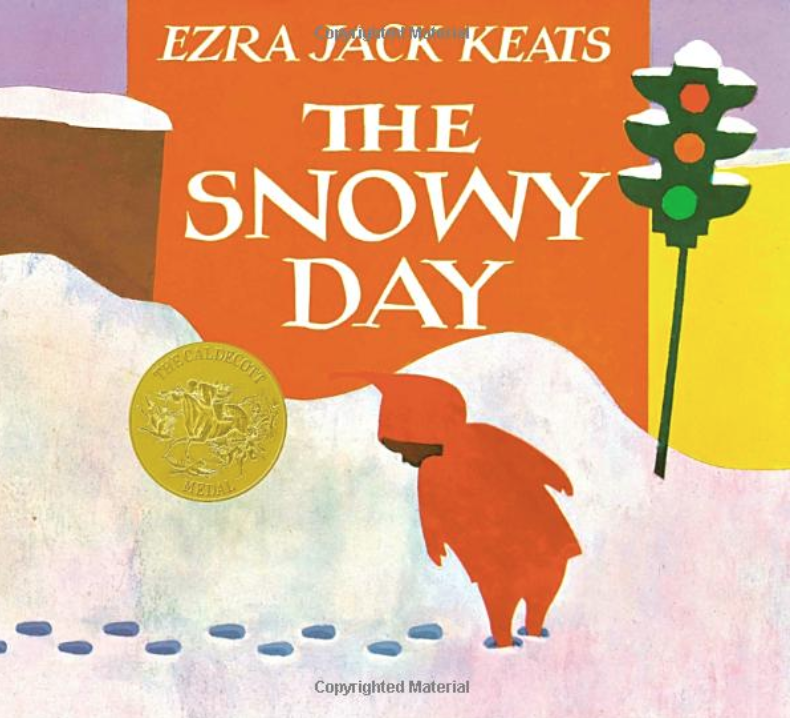
Now, it's time to help kiddos learn about race. For the super young children, from babies to toddlers, this award-winning book about a black child during a snow day in the city, The Snowy Day, is a simple, but an awesome way to show a non-white person in their books.
The Snowy Day (Amazon, $14)
'Hair Love'
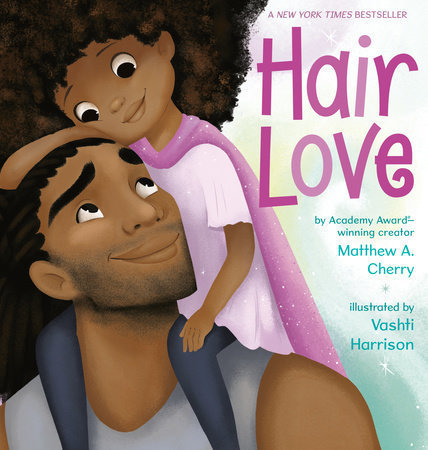
One of the biggest forms of racist behavior among kids is not understanding the boundaries and beauty of black bodies, hair included. Teach them about the beauty of black bodies, on others or themselves, with this book by Matthew A. Cherry called Hair Love.
Hair Love ($18, Penguin Random House)
'Not My Idea: A Book About Whiteness'
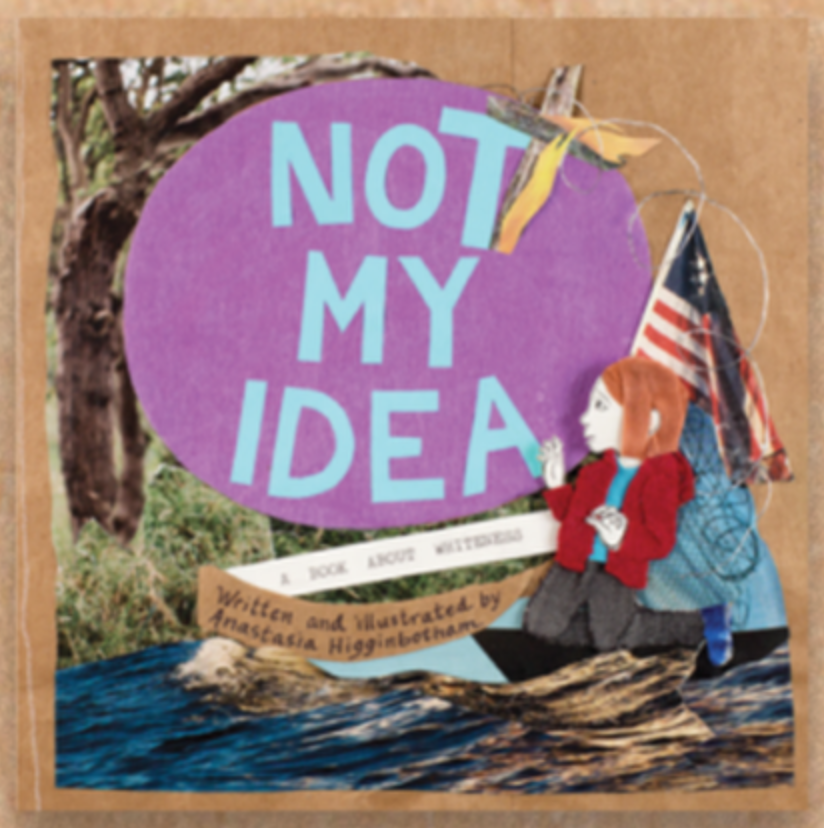
Teaching kids about racism isn't just about speaking to and teaching about the injustices that black people face but it's also about making kids aware of their whiteness, or white supremacy, in general, and how it plays into systemic racism.
Not My Idea: A Book About Whiteness ($19, Cafe Con Libros)
'Something Happened in Our Town'
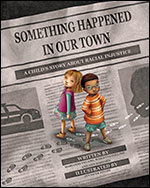
Sometimes the news is faster to expose children to topics than parents are. While it's good to start teaching about race early, this book by Marianne Celano, PhD, ABPP, Marietta Collins, PhD, and Ann Hazzard, PhD, ABPP helps kids understand racist incidents. It the book is about two families — one white, one black — discussing a police shooting of a black man in their community.
Something Happened in Our Town ($17, APA)
'Anti-Racist Baby'
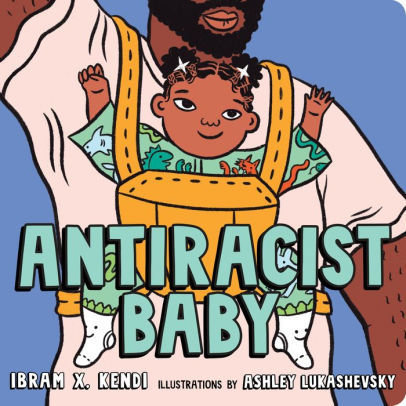
Aside from having absolutely adorable cover art, the book Anti-Racist Baby teaches kids about racism and race in an easy-to-understand way. As the review states, "Starting with “Open your eyes to all skin colors” and ending with “Believe we shall overcome racism,” [author Ibram X.] Kendi provides broadly actionable pointers to dispel societal misconceptions."
Anti-Racist Baby ($9, Barnes & Noble)
Ikuzi Dolls
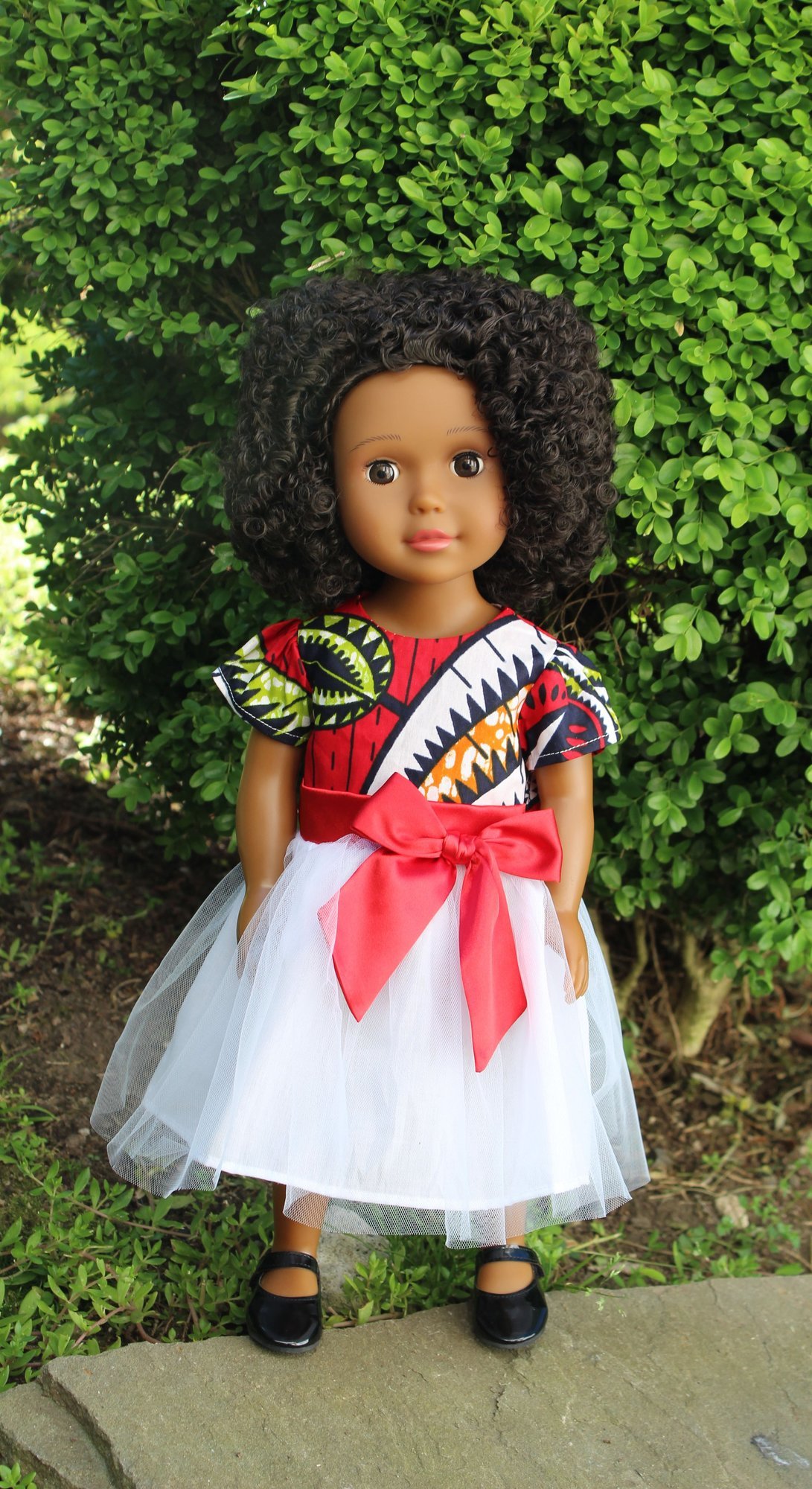
Dolls are often one of the first toys that children have, and it introduces them to the traits that are perceived as the most valued. Instead of the usual white doll, give them one from Ikuzi Dolls with different skin tones or textured hair. Representation can also come from goods that have black kids on them, like party supplies from the Brown Girls Club as well as other doll lines made by black business owners like Harper Iman Dolls.
Ikuzi Doll ($80, Ikuzi Dolls)
Multicultural Crayola Crayons
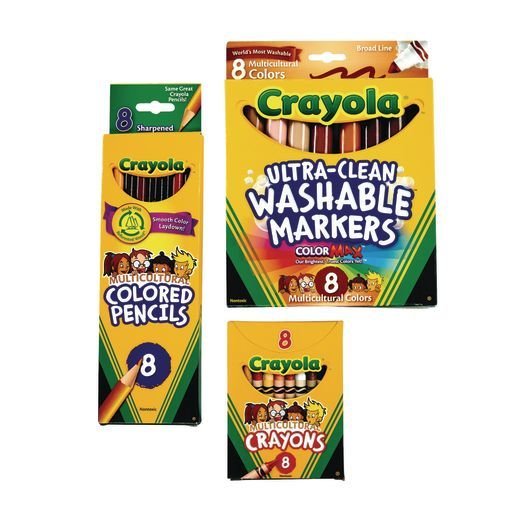
Racism can come up in the seemingly smallest of places, and for a long time that was in the lack of skin color options in "flesh tone" crayons. Thankfully, that's changed. Kids can engage with different skin colors through art with Multicultural Crayola Crayons.
Multicultural Crayola Crayons ($10, Discount School Supply)
Black Emoji Pillows
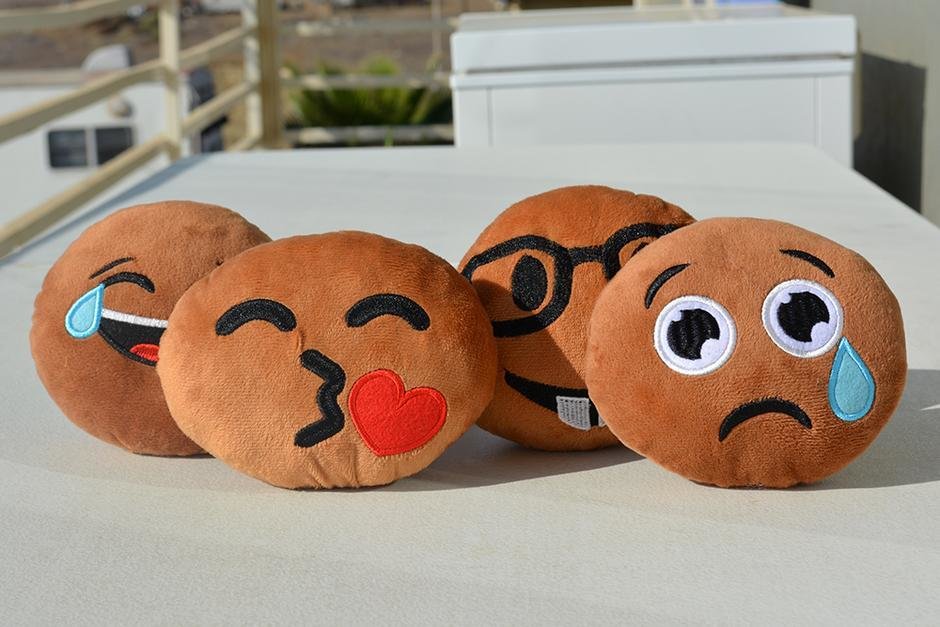
All kids love emojis. They're funny, everyone knows them, and they're a great way to help kids express themselves. Having emojis of color can be great conversation starters on race and inclusion but can also normalize BIPOC representation in toys.
Black Emoji Pillows ($15, Toys Like Me)
System-isms Jr. Game
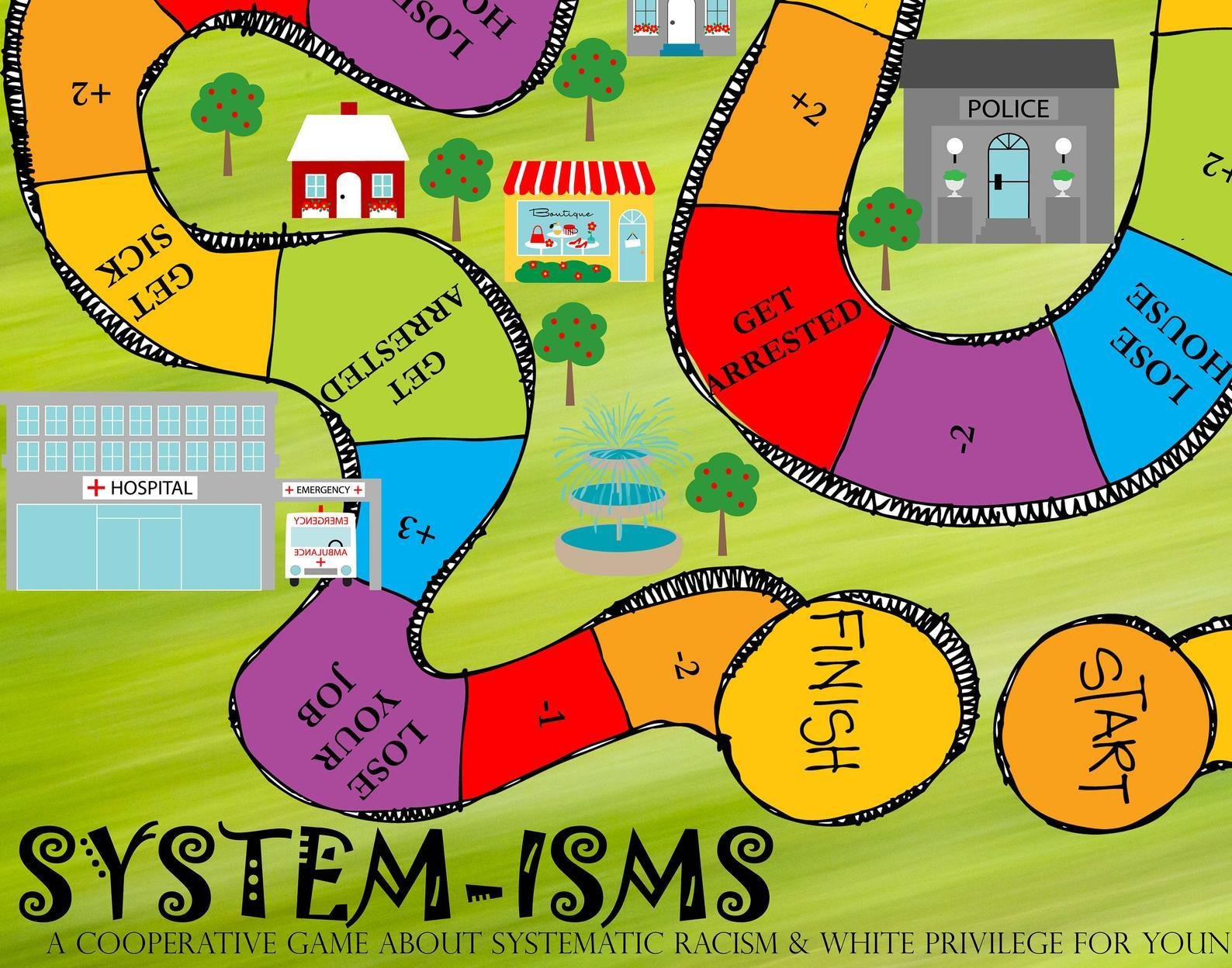
Board games play a larger role in kids' lives than we think. They teach patience, teamwork, strategy, and more. Now, thanks to this game — Systems-isms Jr. — they can also learn about racism and privilege in an accessible way.
System-isms Jr.: A Cooperative Game about Systemic Racism & White Privilege for Young Children ($25, FamilyJusticeEd/Etsy)
Black History Finger Puppets
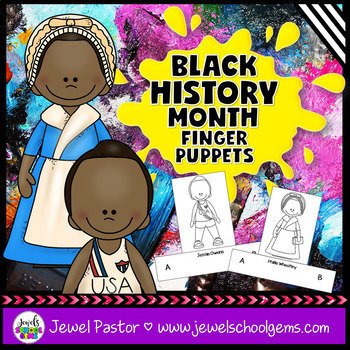
Finger puppets are a fun, creative, and hands-on way (literally) to engage kids with important figures in history, especially black history. It's a way to teach them on a level they can connect with, and hopefully, they'll connect with the figures as well.
Black History Finger Puppets, digital download ($3, Teachers Pay Teachers)
'Akeela and the Bee' Movie
Akeela and the Bee tells the story of a young girl, Akeela (Keke Palmer), who takes part in a National Spelling Bee and the systemic racial obstacles she faces along the way. It's a feel-good movie that's also real, and portrays black kids in a non-stereotypical way.
'Our Friend, Martin' Movie
Our Friend, Martin is a cartoon film that kids from the '90s may remember well. It tells the story of Dr. Martin Luther King Jr. through the eyes of children and the injustices that people of color faced during the civil rights movement.
'Hidden Figures' Movie
Black women played some of the largest roles in the success of NASA. Hidden Figures tells their story and it's a film that will help kids understand the bias and racism they were up against during that time, even while employed by NASA.
'Ruby Bridges Goes to School' Short Film
Ruby Bridges was the first black student at an all-white school in the US (New Orleans, specifically) at the height of segregation in the country. This short film is based on the book Ruby Bridges Goes to School: My True Story, her autobiography.
CNN/'Sesame Street' Racism Town Hall
After the unrest and anti-racist protests following the death of George Floyd, CNN and Sesame Street came together to create a "town hall" for kids to learn about racism and what was happening in the country.
Parents: Get Educated First
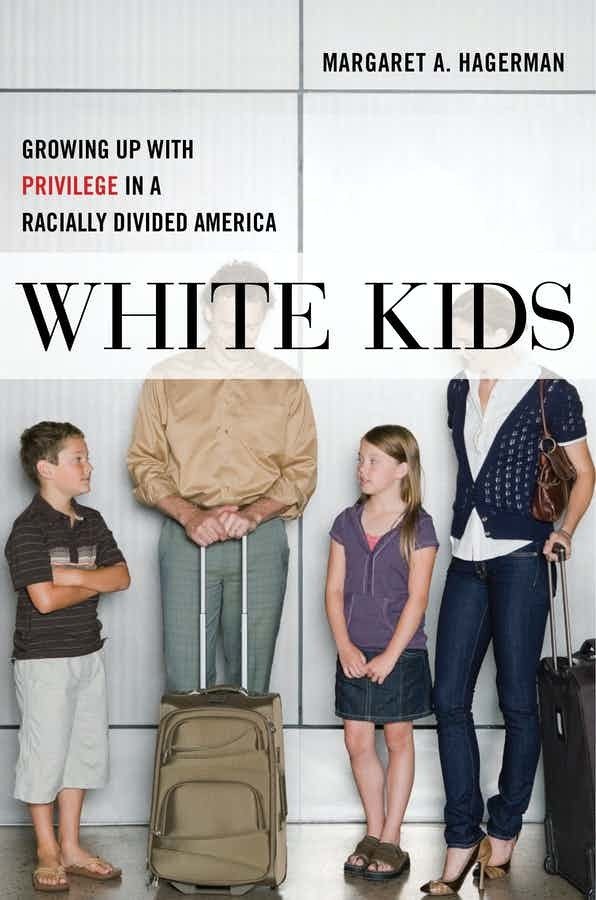
On airplanes, passengers with children or non-abled fellow travelers are advised to put on their face mask so they can help others. The same tool applies for teaching children about race. A great way for white or non-black privileged parents to start learning is by reading White Kids: Growing Up with Privilege in a Racially Divided America by Margaret Hagerman. In an interview with The Atlantic, Hagerman gave some examples of ways that even well-intended people can have racist behavior, whether it's pulling kids out of a heavily black school or demanding kids be removed from certain environments.
White Kids: Growing Up With Privilege in a Racially Divided America ($19, NYU Press)
Visit the National Museum of African American History & Culture
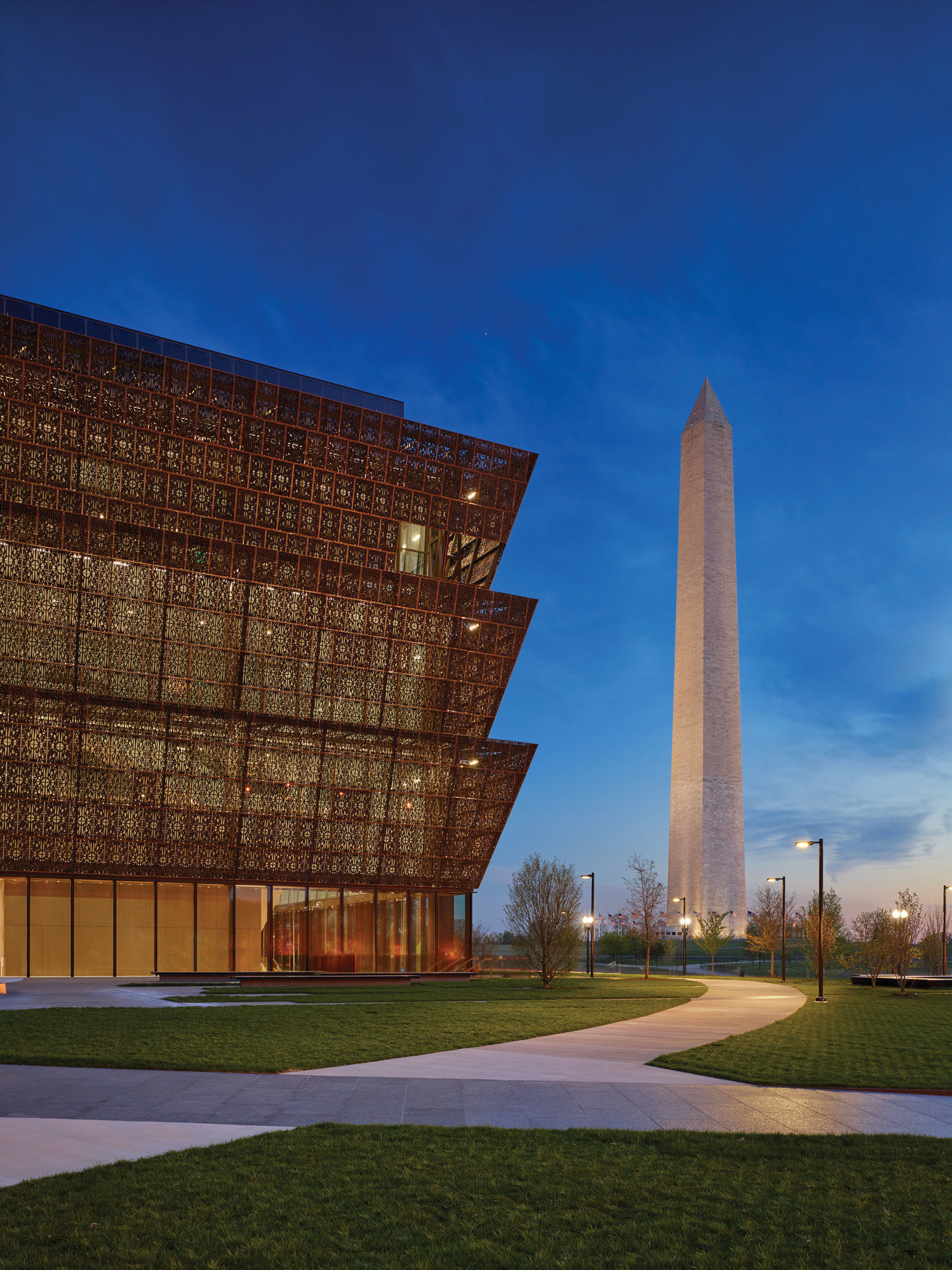
Museums not only preserve history but they teach past and present generations about what happened in the past and how it has shaped our present. A great way to engage children with our country's history of racism against African Americans and blacks is to take them to the National Museum of African American History & Culture in Washington, D.C., or a similar institution in their state.
Implicit Bias Test for Older Kids
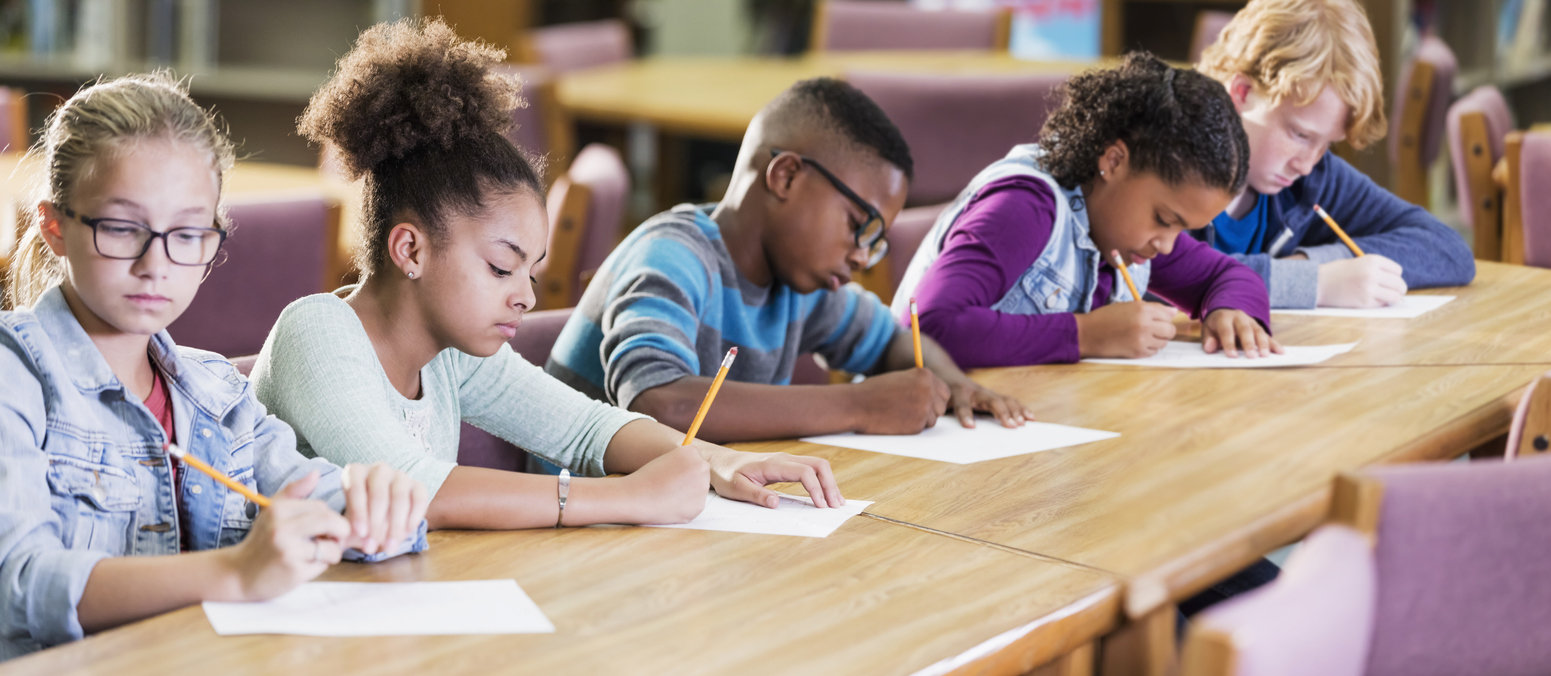
Younger kids are easier to teach when it comes to books and lessons, but kids who are a little older may have been through issues that are being discussed or already developed some biases. Help them see what to address by having them take a "bias" test, as suggested by one of these race resources.
NPR's 'Talking Race With Young Children Podcast'
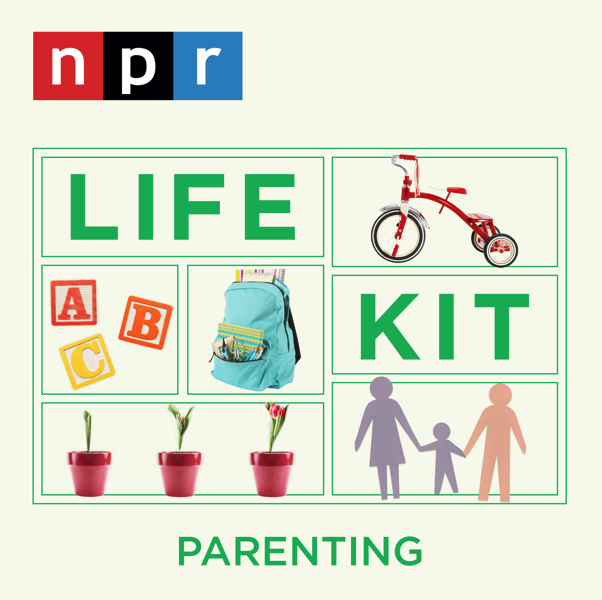
NPR's Talking Race with Young Children podcast is geared toward parents but gives them the tools they need to talk about race issues with their small children. The episodes are only 20 minutes and can help facilitate important conversations.
Talk About It
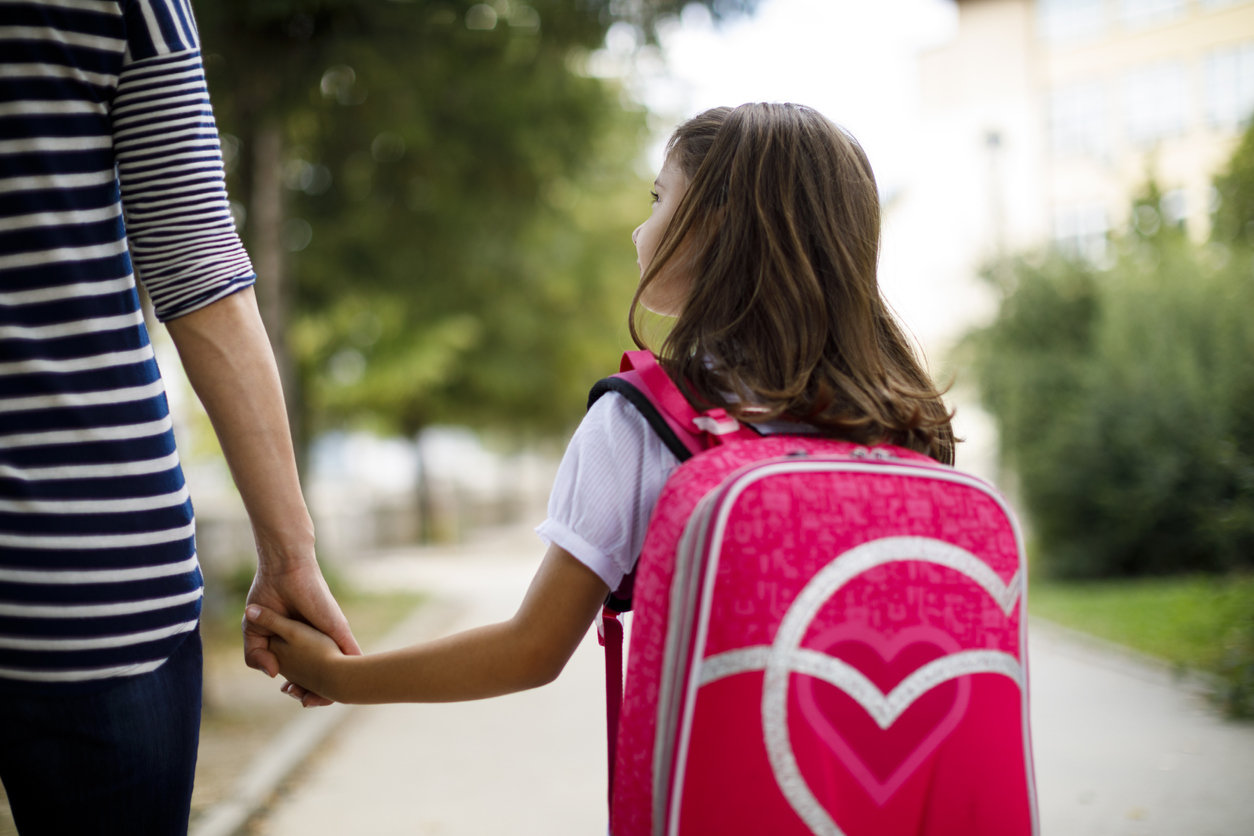
When it comes down to it, one of the simplest and most effective things parents or teachers can do to teach kids about race and racism is to talk about it. Talk about their experiences or what they believe it means to be a different race in this country. Share stories. Tell them about implicit biases and why representation matters.
